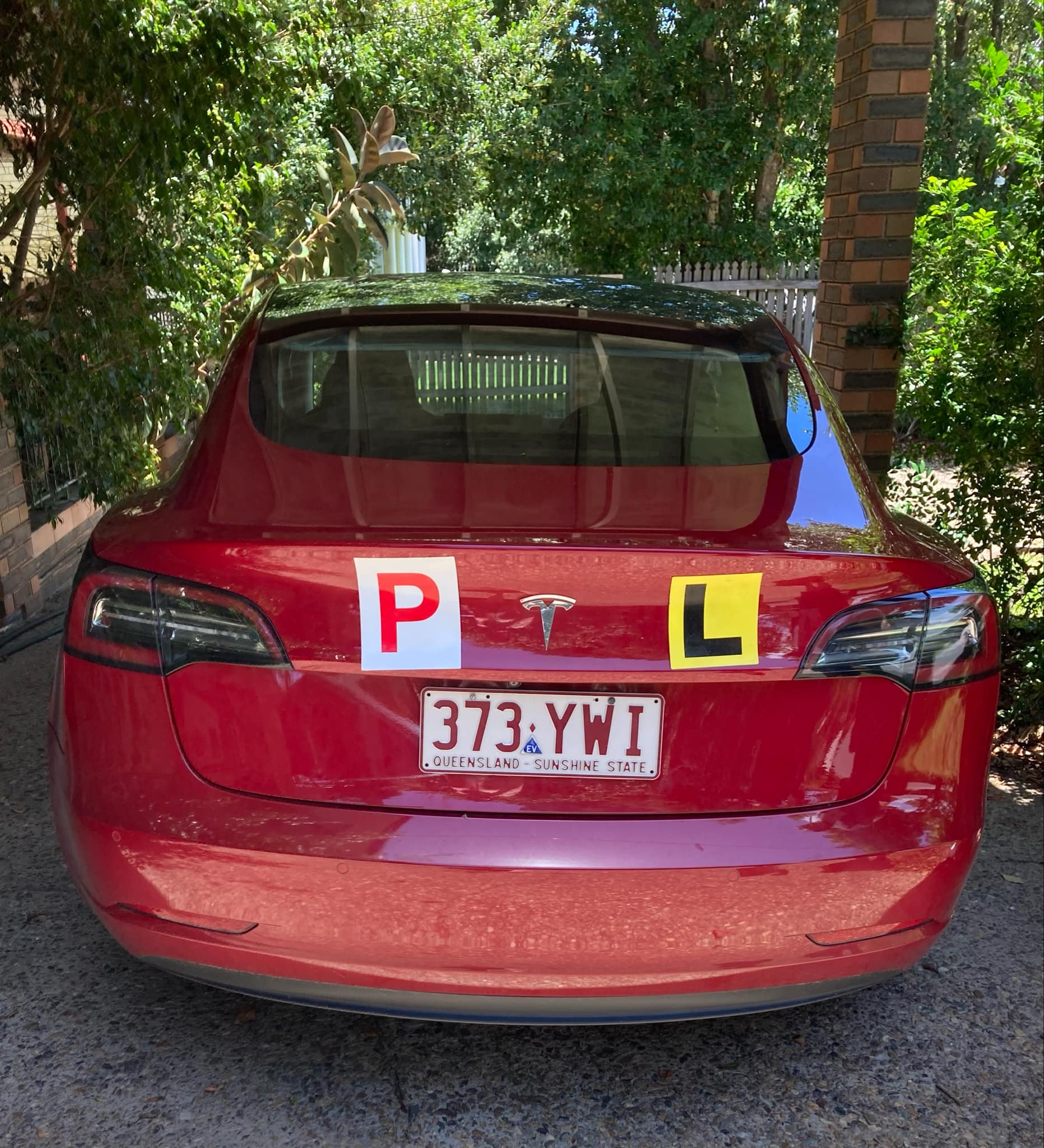Sign up for daily news updates from CleanTechnica on email. Or follow us on Google News!
Seventy-seven Alaskan tribes are asking Interior Secretary Deb Haaland to end what they say is her “dangerous attempt to exchange lands at Izembek National Wildlife Refuge.” The tribes say, by moving forward, the Secretary stands to jeopardize all federal Alaskan land protections and refuges.
The US Fish and Wildlife Service is planning to release a draft supplemental environmental impact statement that considers potential impacts of swapping lands within the federally managed Izembek National Wildlife Refuge and its sensitive Isthmus for a road corridor between the communities of King Cove and Cold Bay. The draft SEIS is expected within the next few weeks.
The land exchange would encompass lands across the Izembek Isthmus — a 3-mile-wide tundra wetland that, along with the adjacent lagoons, provides critical habitat for virtually the entire global populations of Pacific black brant and emperor geese. Izembek National Wildlife Refuge comprises some 300,000 acres of prime wetland habitat and designated wilderness in southwestern Alaska and is visited annually by hundreds of thousands of migratory birds, as well as bears, wolves, caribou and many other wildlife species.
Opponents of the road and the land trade that would enable its construction have long argued that the road would damage globally important bird and wildlife habitat. They say the deal would set a bad precedent for all national wildlife refuges. They also argue that emergency evacuation services can be provided in alternative ways. Additionally, many have said they believe the road’s true purpose is commercial, to benefit segments of the seafood industry.
The tribes say that there are other transportation options between King Cove and Cold Bay. King Cove (population 775) has been pushing for a road through Izembek Refuge for more than two decades, despite receiving state and federal funding to modernize medical facilities and develop a marine transportation system that supported medical evacuations, in exchange for leaving the Izembek wetlands intact.
“If Secretary Haaland initiates the authorization of a land exchange without Congressional approval then all of Alaska’s National Wildlife Refuges, designated Wilderness and National Park lands would potentially fall victim to the whims of changing administrations and the impulses of future Secretaries of Interior,” said Chief Frank Thompson of the Evansville Tribal Council in a press release.
The Difference a Year Makes
In 2023 Haaland withdrew a land exchange between the Interior Department and King Cove Corporation authorized by Secretary Bernhardt in July 2019. The Department determined that the 2019 land exchange contained several procedural flaws and was not consistent with Departmental policy. It was entered into without public participation and did not analyze potential effects on subsistence uses and habitat.
In rescinding the land exchange, Secretary Haaland issued the following statement.
“The debate around approving the construction of a road to connect the people of King Cove to life-saving resources has created a false choice, seeded over many years, between valuing conservation and wildlife or upholding our commitments to Indigenous communities. I reject that binary choice. I am a lifelong conservationist, and I believe deeply in the need to protect our lands and waters and honor our obligations to Tribal Nations. Respecting Tribal sovereignty means ensuring that we are listening – really listening – to Tribal communities.”
At the same time Haaland signaled her support for a road through the Izembek National Wildlife Refuge that has been at the center of a decades-long battle between the largely Indigenous people of King Cove, who say it will provide lifesaving access to a Cold Bay runway, and environmental groups who say a road will harm the refuge.
The tribes have passed 20 resolutions against the proposed road and precedent-setting land exchange at Izembek Refuge. Resolutions of opposition are from Tribes that reside on the Bering Sea Coast, Yukon River Watershed, Kuskokwim River Watershed, Koyukuk River Watershed, Forty-mile Watershed, Bristol Bay, Upper Cook Inlet, Southern Brooks Range, Northern Brooks Range, Kobuk River Watershed and the Norton Bay Watershed.
“If Secretary Haaland moves forward with a land exchange, DOI would be opening the door to have economic ventures take priority over conservation and subsistence purposes,” said Roberta Murphy, Chuloonawick tribal administrator. In 1986, Izembek Lagoon was one of the first US sites to be named a Wetland of International Importance.
Alaska’s Izembek National Wildlife Refuge lies between the highly productive waters of the Bering Sea and the Gulf of Alaska. The heart of the refuge is Izembek Lagoon, a coastal ecosystem that’s home to one of the world’s largest eelgrass (Zostera marina) beds. Hundreds of thousands of waterfowl, including virtually the entire population of Pacific black brant, visit the lagoon to feed on eelgrass and rest during migration. Emperor geese and the threatened Steller’s eider thrive along the coast. Sea otters and walrus navigate the rich waters around the barrier islands. Wetlands and ponds dot the narrow isthmus of land between Izembek and Kinzarof Lagoons, creating a vital nursery for fish and a corridor for large mammals, including brown bears and caribou.
As described by US Fish and Wildlife, “the landscape here is dynamic.” It has soaring peaks like Pavlof Volcano, the heavily-glaciated Shishaldin Volcano (Unimak Island), Frosty Peak, and the jagged spires of the Aghileen Pinnacles. Topography stretches from sea level to rugged volcanic mountains exceeding 9,000 feet, with coastal marshes and berry-producing, low-growing bush tundra interspersed with numerous lakes, ponds and alder brush-lined stream in between.
President George Alexie, Nondalton Tribal Council commented that Nondalton Tribal Council stated in its resolution in Section 5:
“The Nondalton Tribal Council formally requests the USFW to fully analyze the marine alternative in the Izembek Supplemental Environmental Impact Statement (SEIS) and the Nondalton Tribal Council formally opposes a road through the Izembek Refuge; and we support the selection of the marine alternative as it is least impactful to the fragile habitat within the Refuge.”
The resolutions call for a 120-day comment period for the SEIS, as well as government-to-government consultations with Interior Secretary Haaland. As proposed, the land exchange would violate the Alaska National Interest Conservation Lands Act and undermine the purposes for which the Izembek Refuge was created.
“Ultimately Tribes do not want the SEIS to be released at all, as it is ill conceived and will be an unfinished process that will be left to the future administration to complete,” said Chief Thompson. “The potential release of the SEIS is widely viewed as reckless and would severely tarnish the legacies of Secretary Haaland and President Biden.”

Chip in a few dollars a month to help support independent cleantech coverage that helps to accelerate the cleantech revolution!
Have a tip for CleanTechnica? Want to advertise? Want to suggest a guest for our CleanTech Talk podcast? Contact us here.
Sign up for our daily newsletter for 15 new cleantech stories a day. Or sign up for our weekly one if daily is too frequent.
CleanTechnica uses affiliate links. See our policy here.
CleanTechnica’s Comment Policy



